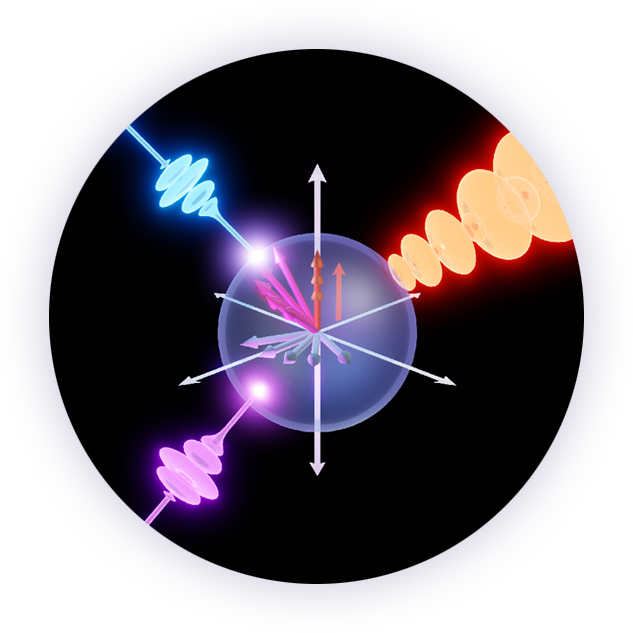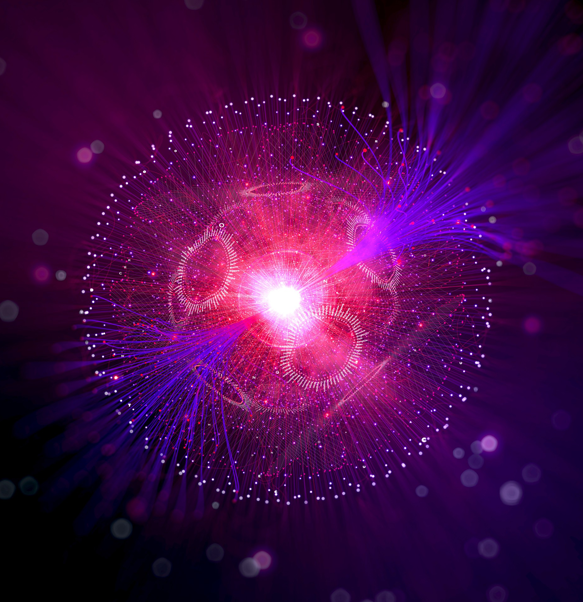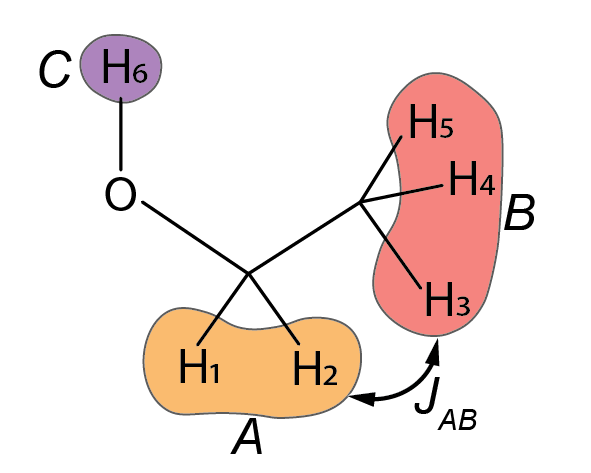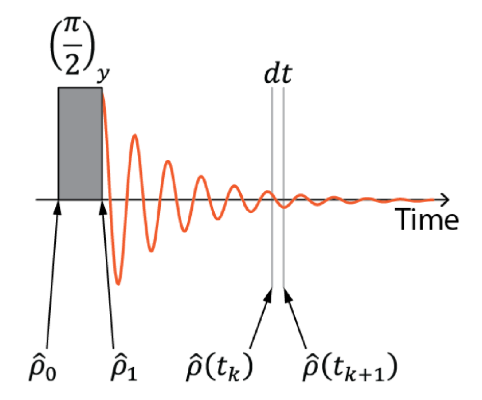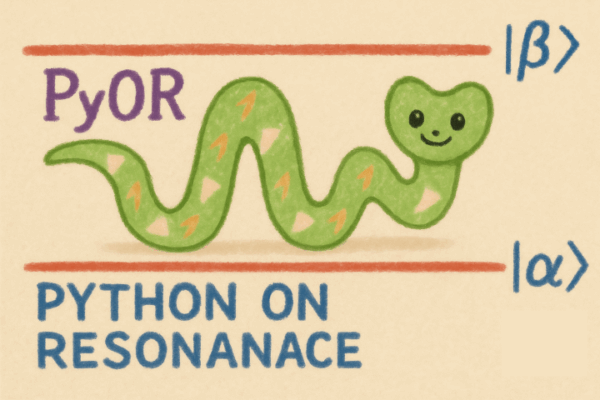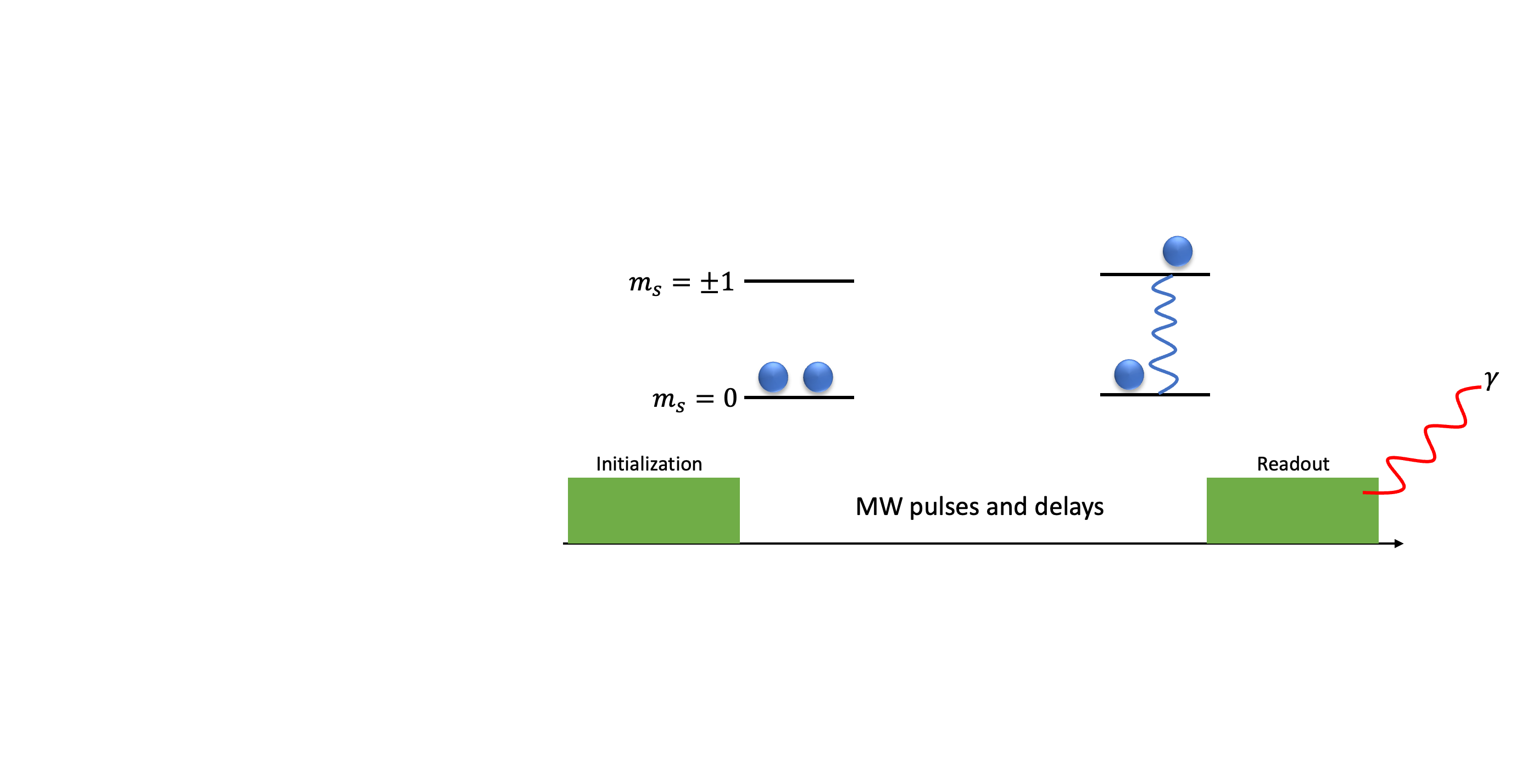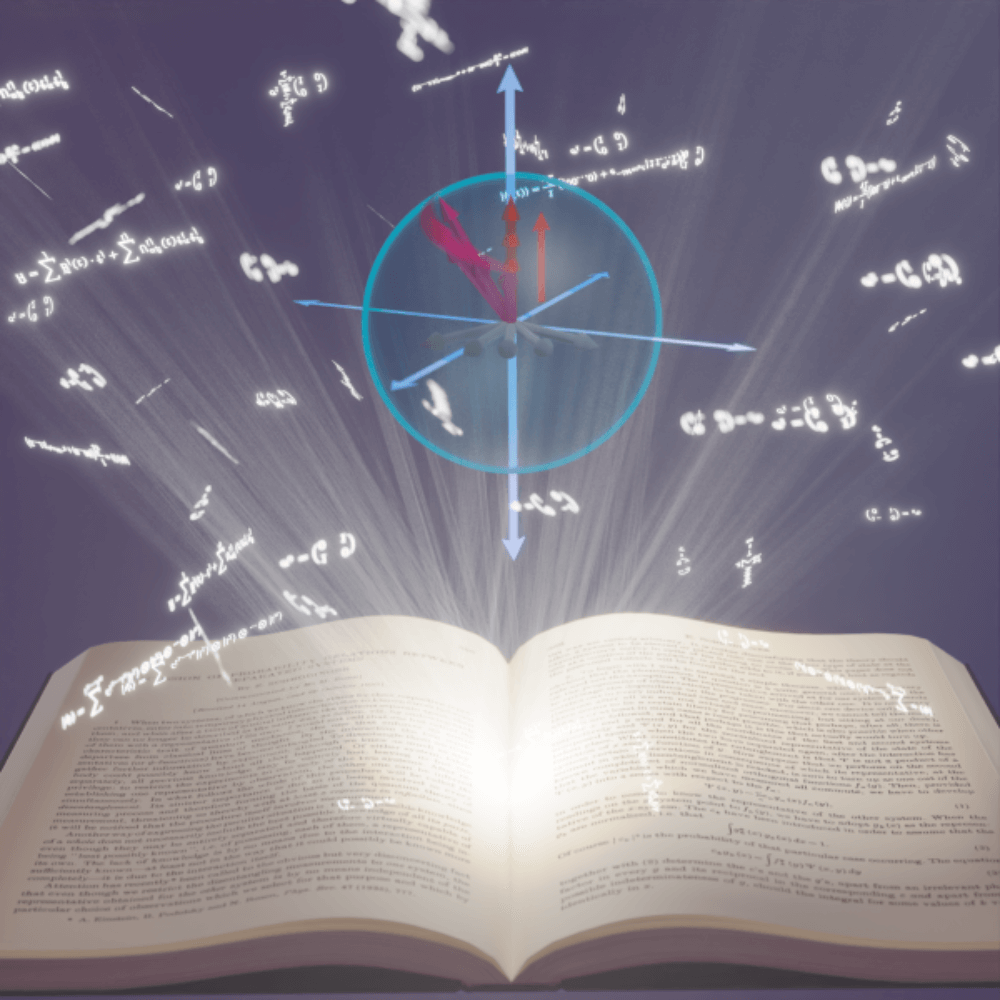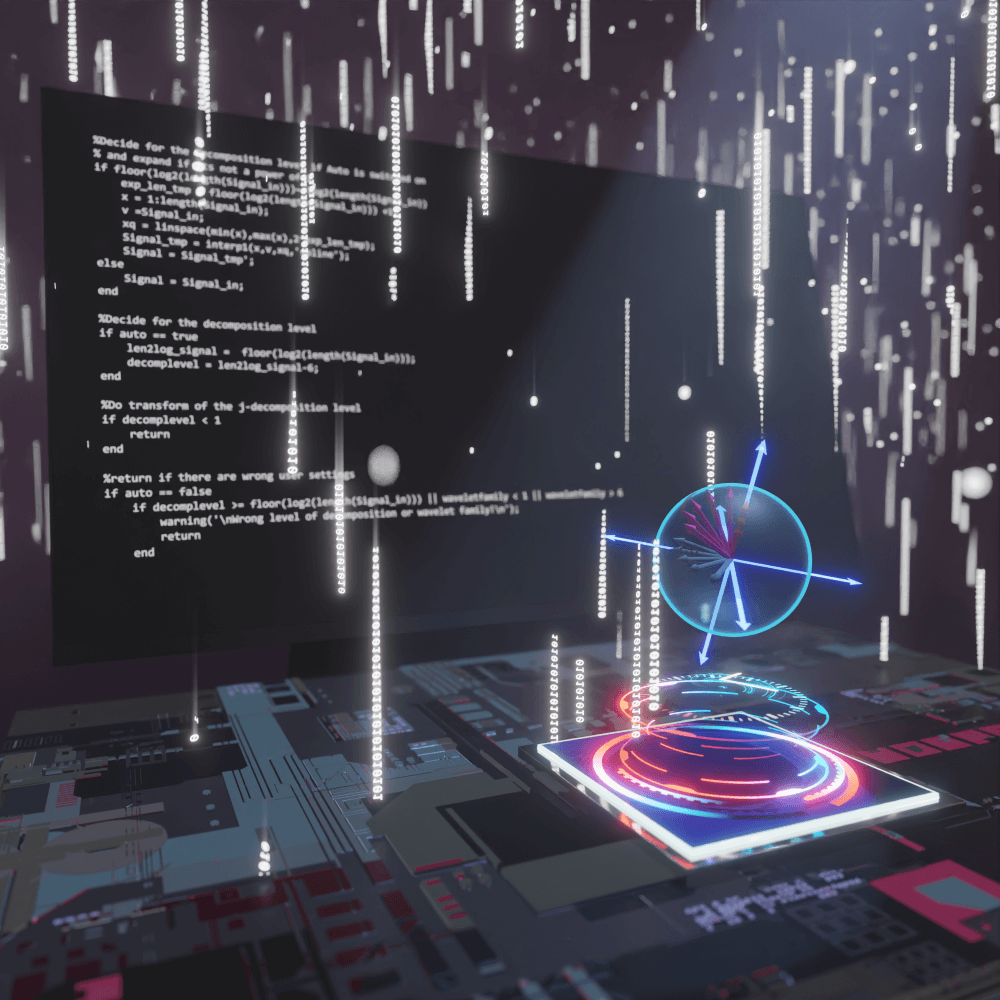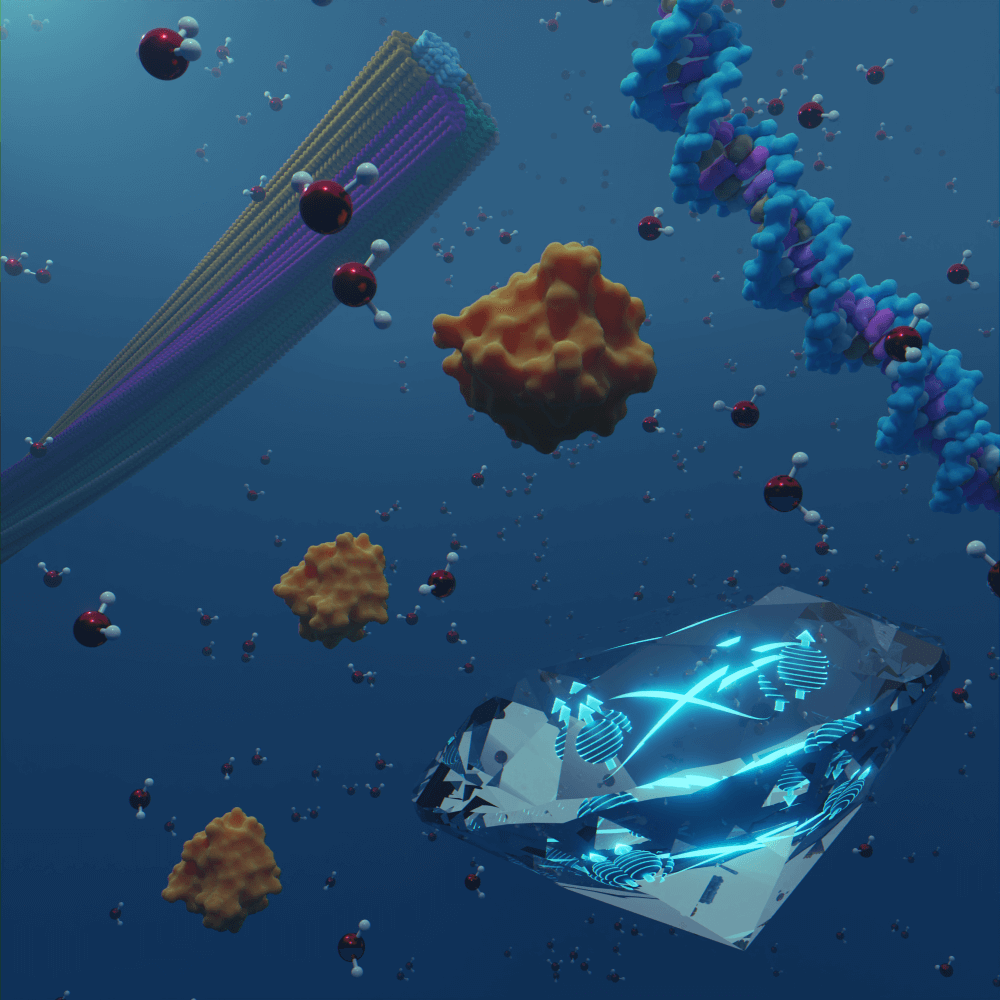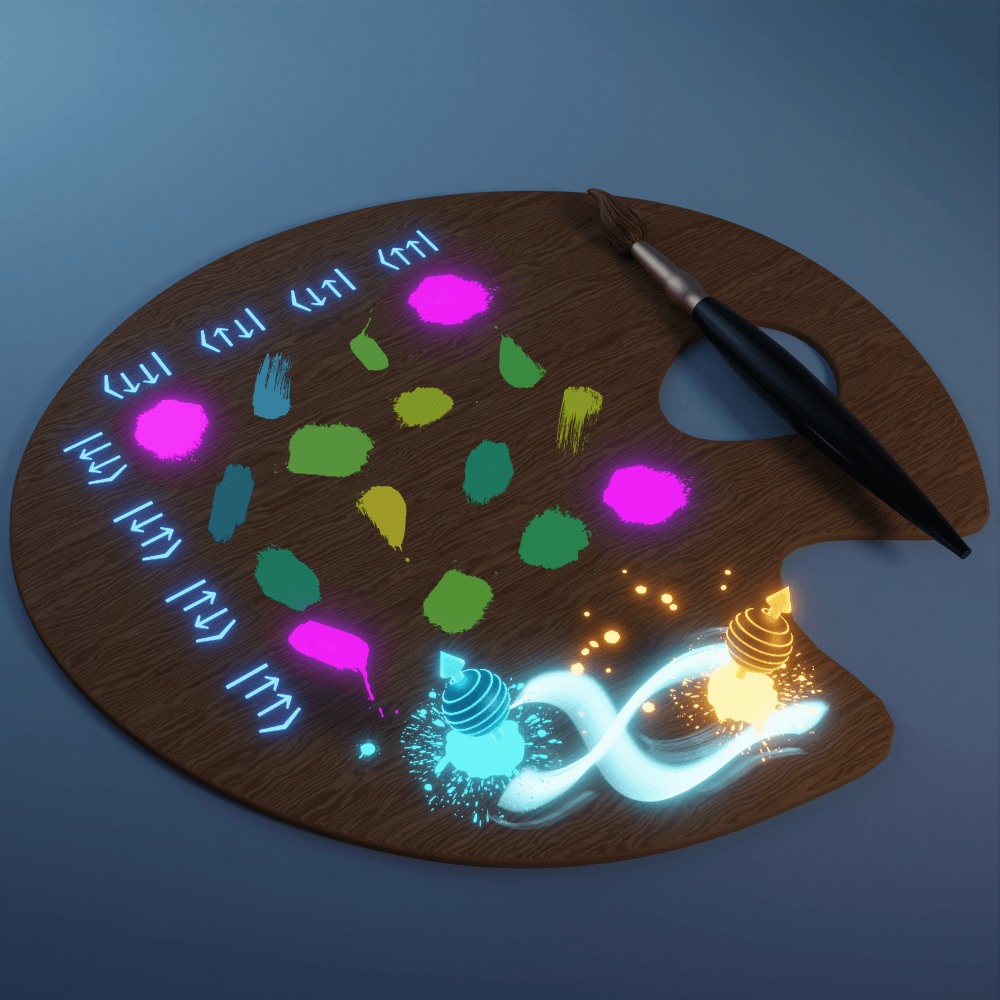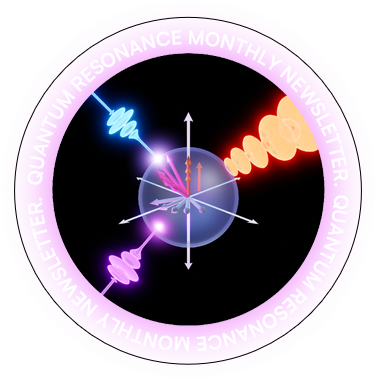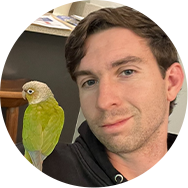I am a scientist and a magnetic resonance enthusiast who is passionate about the beauty and power of science that I wish to make accessible to a broader audience. I am a Professor of Chemistry, currently at Northwestern University, and have been performing research in electron and nuclear magnetic, starting out as an Assistant Professor in 2004 at UC Santa Barbara, 20 years ago.
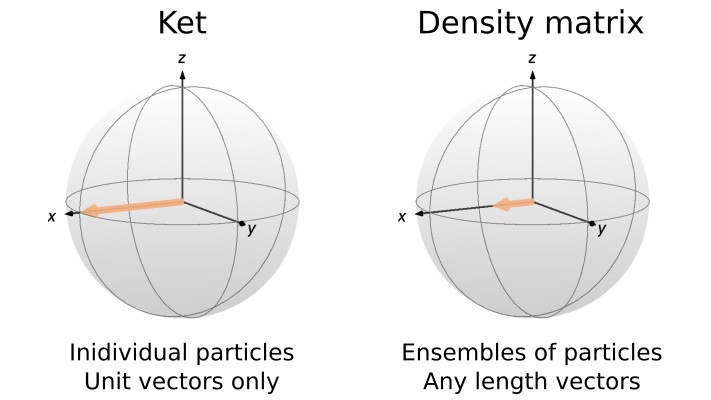
Featured Blog
Time evolution of the density matrix
Welcome back! In the first post of this series, we’ve defined the density matrix and in the second one, we saw how to use it to extract expectation values. In this post, we will see how the density matrix evolves in time. We will first derive the Liouville-Von Neumann equation, which is the density matrix […]

